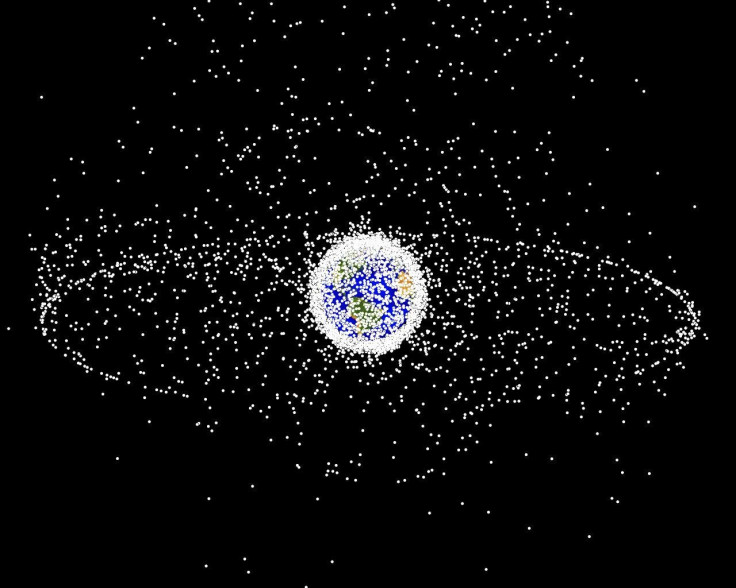Secret Russian Satellite Break Up In Space, Debris Dangerously Zipping Around Earth's Orbit

KEY POINTS
- Kosmos 2499 had broken apart into 85 pieces last month
- The orbital debris is currently estimated at 1,169 km altitude
- The event is reportedly the second breakup incident for Kosmos 2499
Debris from a secret Russian satellite is currently dangerously floating around Earth's orbit after it broke up for unknown reasons last month, U.S. Space Forces reported.
In a post on Monday, the 18th Space Defense Squadron confirmed that a satellite called Kosmos 2499 had broken apart into 85 pieces.
#18SDS has confirmed the breakup of COSMOS 2499 (#39765, 2014-028E) - occurred Jan 4, 2023 at appx 0357 UTC. Tracking 85 associated pieces at est 1169 km altitude - analysis ongoing. #spacedebris #space @SpaceTrackOrg @US_SpaceCom @ussfspoc
— 18th Space Defense Squadron (@18thSDS) February 7, 2023
The agency said that orbital debris is currently estimated at 1,169 km altitude, meaning it will continue circling the planet for more than 100 years, per the National Aeronautics and Space Administration (NASA).
"The higher the altitude, the longer the orbital debris will typically remain in Earth orbit," NASA explained on its site. "Debris left in orbits below 370 miles (600 km) normally fall back to Earth within several years. At altitudes of 500 miles (800 km), the time for orbital decay is often measured in decades. Above 620 miles (1,000 km), orbital debris normally will continue circling Earth for a century or more."
Jonathan McDowell, an astronomer at the Harvard-Smithsonian Center for Astrophysics, said that the event is the second breakup incident for Kosmos 2499.
This is the second breakup of Kosmos-2499, after the first one on 2021 Oct 23. https://t.co/ABfcWDjgFF
— Jonathan McDowell (@planet4589) February 7, 2023
"This is the second breakup of Kosmos-2499, after the first one on 2021 Oct 23," McDowell wrote.
From 2013 to 2015, Russia quietly launched the satellite along with two others, according to Business Insider.
Kosmos 2499, in particular, reportedly started maneuvering itself in orbit, dropping and raising altitude, shortly after it launched in May 2015, the outlet reported.
While suspicions grew about the satellite's behavior, Russia at the time assured the world that the satellites were not "killer satellites." Former Roscosmos chief Oleg Ostapenko said that the satellites had peaceful, educational purposes and that "they completed their mission."
The cause of the satellite's explosion is still unclear. However, LeoLabs, Inc., a commercial provider of low Earth orbit mapping and tracking, said that their analysis points to a known energetic source on board the satellite, which is the propulsion system.
ATTN 👉 Our *preliminary* analysis of the Cosmos 2499 fragmentation event (using LeoLabs LeoRisk) points toward a low intensity explosion with moderate confidence. #SpaceDebris https://t.co/gOUlAbuHZW
— LeoLabs (@LeoLabs_Space) February 8, 2023
"The indication toward a low-intensity explosion is due to the asymmetry of the debris cloud, magnitude of the velocity imparted to the fragments, and a known energetic source on board (i.e. the propulsion system)," LeoLabs wrote.
While most debris re-entering the Earth does not survive severe heating while falling, NASA has continued to call for the prevention of unnecessary creation of additional orbit debris.

© Copyright IBTimes 2024. All rights reserved.





















